Not only the conflict in the Gaza Strip, the escalating tension between Israel and Hezbollah also gives the US a headache but it cannot get involved and then leave it there.
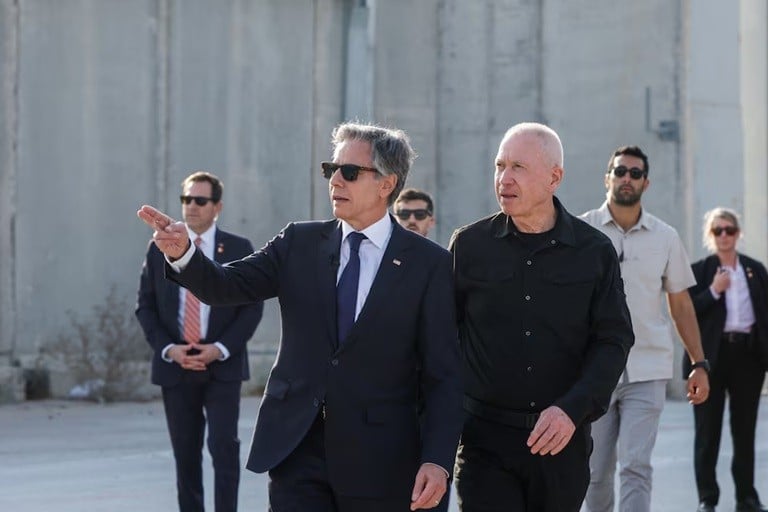 |
| US Secretary of State Antony Blinken walks with Israeli Defense Minister Yoav Gallant at the Kerem Shalom border crossing, Israel, May 1. (Source: Reuters) |
Plan C for the Gaza situation
On June 23, Israeli Defense Minister Yoav Gallant flew to Washington to meet with senior officials in the Joe Biden administration to conduct "important" talks on the situation in the Gaza Strip as well as the Israel-Hezbollah conflict.
During the visit, Mr. Yoav Gallant met with US Secretary of Defense Lloyd Austin, Secretary of State Antony Blinken, and Special Envoy of President Joe Biden Amos Hochstein.
Gallant’s visit comes as Israeli Prime Minister Benjamin Netanyahu has repeated claims that the Biden administration has directed a “significant reduction” in arms shipments to Israel in recent months — an allegation that has angered US officials, who have described it as “disturbing.”
On June 23, Mr. Netanyahu said that disputes with the US over delays in weapons supplies would soon be resolved.
“Since about four months ago, arms supplies from the United States to Israel have been significantly reduced. We have received all kinds of explanations, but… the basic situation has not changed. Based on what I heard yesterday, I hope and believe that this issue will be resolved in the near future,” he said at a Cabinet meeting.
He said top Israeli officials had been lobbying their US counterparts at “the highest levels” for faster arms transfers. “After months of no change on this issue, I decided to go public,” he said.
“During the meetings, I plan to discuss developments in Gaza and Lebanon. These discussions are particularly important and impactful at this time. We are ready for any action that may be required in Gaza, Lebanon and other areas,” Gallant said ahead of the visit.
The Israeli defense minister said the move to phase C in Gaza is of great importance and that he will discuss the transition with US officials.
During the two-hour meeting between Mr. Gallat and the host country’s Secretary of State Blinken, the two sides discussed many issues related to the situation in the Gaza Strip. The US side continued to urge Israel to come up with a realistic post-conflict plan for Gaza, stressing that the lack of such a plan could lead to lawlessness and chaos, as well as the return of Hamas to Palestinian territory.
For his part, the Israeli Defense Minister affirmed that the country will continue to make efforts to release all hostages being held in Gaza and pledged to cooperate closely with Washington after tensions in the relationship.
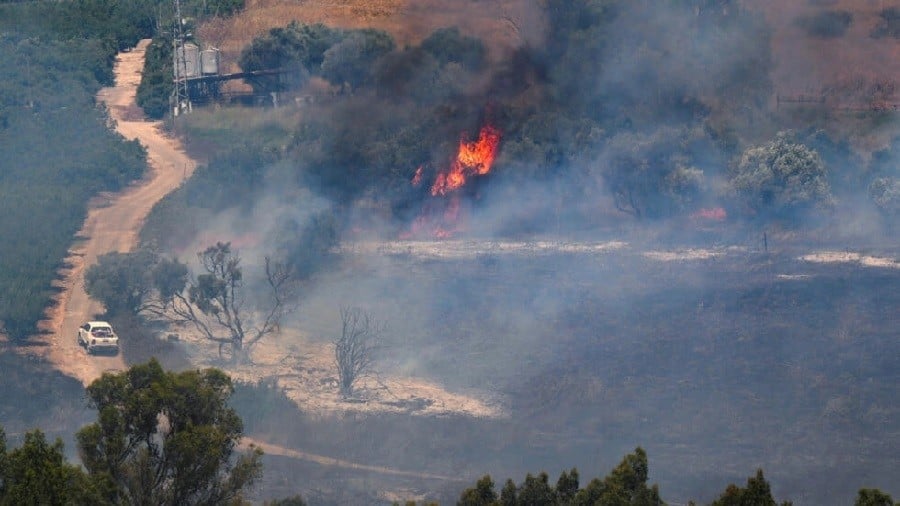 |
| The Israel-Hezbollah conflict is showing signs of escalating. (Source: Reuters) |
What is the solution to the Israel-Hezbollah conflict?
While the situation in the Gaza Strip is showing positive developments, the Israel-Hezbollah conflict is showing signs of escalation.
Earlier, on June 23, Chairman of the US Joint Chiefs of Staff Charles Q Brown warned that an Israeli attack in Lebanon could potentially increase the risk of a broader conflict, drawing in Iran and Iran-aligned militants.
“In terms of overall capability, the number of missiles and things like that, Hezbollah is more powerful than Hamas,” Air Force General Charles Q Brown told reporters. “And I would just say that I would probably see a trend of Iran providing more support to Hezbollah.”
As fighting continued between the two sides, an air alert was activated on the morning of June 23 in Israel's Lower Galilee after a Hezbollah drone was intercepted in the Misgav area south of the city of Karmiel, near a defense plant, further south than in previous attacks.
Early on June 23, Israel also intercepted a drone launched by an Iranian-allied group in Iraq outside its airspace, as it was reported that other Iranian-allied groups in the region had offered to send fighter jets to support Hezbollah in the event of a wider war.
Since militants from the Hamas-controlled Gaza Strip launched a deadly attack on southern Israel in early October, sparking the Gaza conflict, there have been almost daily gunfights along Lebanon's border with northern Israel.
The situation in the north worsened this month after an Israeli airstrike killed a senior Hezbollah military commander in southern Lebanon. Hezbollah retaliated by launching hundreds of rockets and explosive drones into northern Israel.
According to Mr. Yossi Kuperwasser, former Director of the Israeli Military Intelligence Analysis Department, the Israeli military's approval of the operational plan to launch an attack on Lebanon is part of an effort to send a message to Hezbollah, asking this force to reduce its military intensity and demonstrate its readiness to move towards a solution to the confrontation.
On June 17, US Special Envoy for the Middle East Amos Hochstein also toured the region with the goal of avoiding a broader Israel-Hezbollah conflict.
“The situation is serious,” Hochstein told reporters on June 19. “We have seen an escalation in recent weeks. What President Biden wants is to avoid an escalation into a major war.” The United States is currently engaging diplomatically in the Israel-Hezbollah conflict.
According to Kuperwasser, Hezbollah’s increased attacks on Israel in the past few weeks are partly aimed at pressuring Israel to accept a complete ceasefire, creating conditions for Hamas to survive in Gaza. This expert commented that, from this perspective, hostilities on Israel’s northern border are still in the “controlled escalation” category.
Source: https://baoquocte.vn/bo-truong-quoc-phong-israel-mang-theo-mo-bong-bong-toi-my-go-cho-nay-lai-roi-cho-kia-276235.html


![[Photo] General Secretary To Lam attends the conference to review 10 years of implementing Directive No. 05 of the Politburo and evaluate the results of implementing Regulation No. 09 of the Central Public Security Party Committee.](https://vphoto.vietnam.vn/thumb/1200x675/vietnam/resource/IMAGE/2025/5/19/2f44458c655a4403acd7929dbbfa5039)
![[Photo] Close-up of Tang Long Bridge, Thu Duc City after repairing rutting](https://vphoto.vietnam.vn/thumb/1200x675/vietnam/resource/IMAGE/2025/5/19/086736d9d11f43198f5bd8d78df9bd41)
![[Photo] Panorama of the Opening Ceremony of the 43rd Nhan Dan Newspaper National Table Tennis Championship](https://vphoto.vietnam.vn/thumb/1200x675/vietnam/resource/IMAGE/2025/5/19/5e22950340b941309280448198bcf1d9)
![[Photo] President Luong Cuong presents the 40-year Party membership badge to Chief of the Office of the President Le Khanh Hai](https://vphoto.vietnam.vn/thumb/1200x675/vietnam/resource/IMAGE/2025/5/19/a22bc55dd7bf4a2ab7e3958d32282c15)


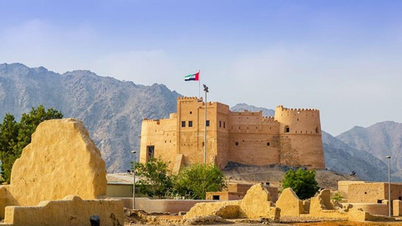





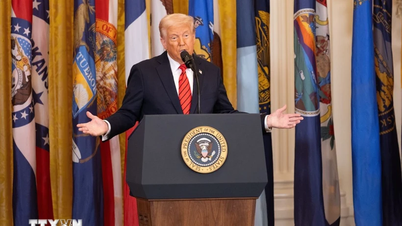



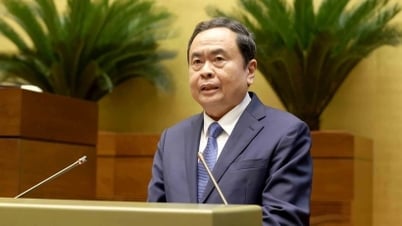
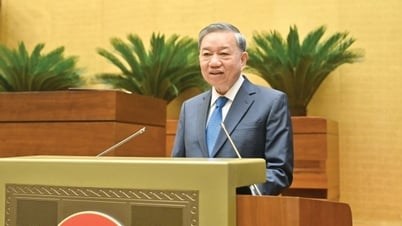
































































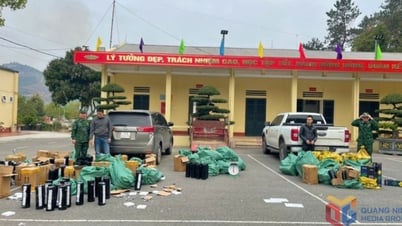










![[VIDEO] - Enhancing the value of Quang Nam OCOP products through trade connections](https://vphoto.vietnam.vn/thumb/402x226/vietnam/resource/IMAGE/2025/5/17/5be5b5fff1f14914986fad159097a677)



Comment (0)